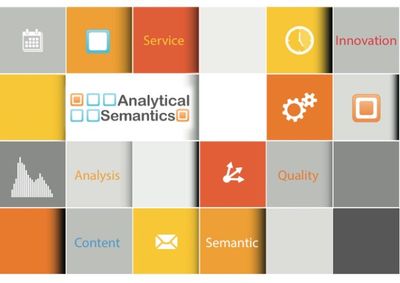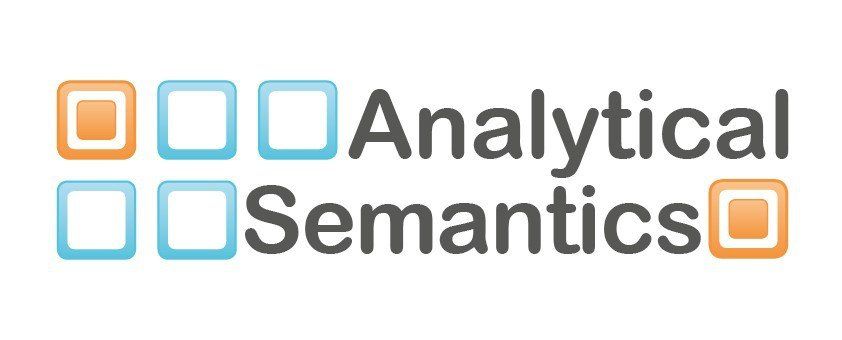Data is the new oil!
This commonly used in practice and research slogan describes the importance of data
for the progressive digitization
in all walks of life.
To lift their associated potential some challenges remain.
To put current issues such as industrial 4.0, Big Data, Smart X (X for Mobility, Traffic, grid, etc.) for a value-added implementation clean datasets,highly flexible data structures, fast and intelligent analysis and process-driven applications ahead.
To lift their associated potential some challenges remain.
To put current issues such as industrial 4.0, Big Data, Smart X (X for Mobility, Traffic, grid, etc.) for a value-added implementation clean datasets,highly flexible data structures, fast and intelligent analysis and process-driven applications ahead.
These challenges sichedi Analytical Semantics AG
for
their clients with their unique approach.


What does analytical semantics?
The strange at first glance order of words in the name Analytical Semantics is deliberately chosen so.It makes all
the difference to traditional methods
of semantic analysis significantly.
Our automated analytical semantics is namely used productively without advance must be modeled and practiced. Even laborious and often unsuccessful attempts at a definition of terminologies and ontologies are superfluous. This makes it possible for us to implement solutions that meet the requirements of the 4th industrial revolution seriously.
Our automated analytical semantics is namely used productively without advance must be modeled and practiced. Even laborious and often unsuccessful attempts at a definition of terminologies and ontologies are superfluous. This makes it possible for us to implement solutions that meet the requirements of the 4th industrial revolution seriously.
The logical connection of structured and unstructured information to a knowledge base
to understand for the user
and that can be evaluated
is the uniqueness of the solutions.
benefits
- Automatic analysis of data and information
- Intelligence gathering and information monitoring
- Data harmonization, data consolidation and thus high data quality
- Knowledge in the context of the application process
- Dynamic availability of data, information and knowledge



